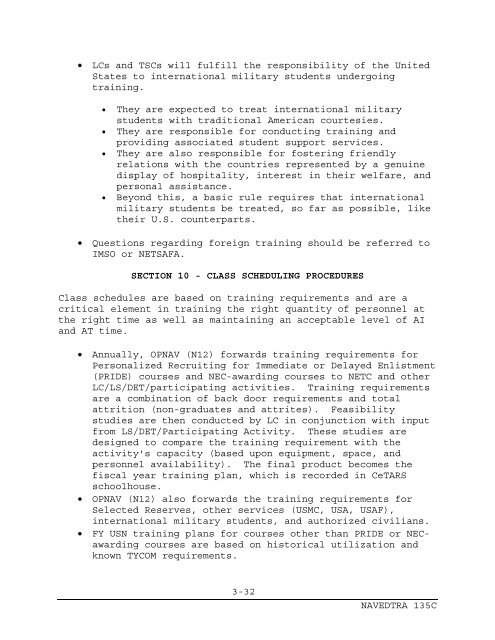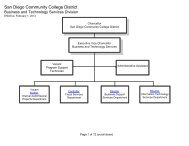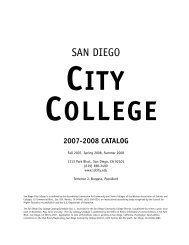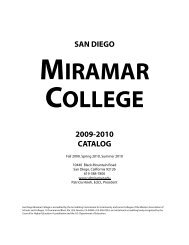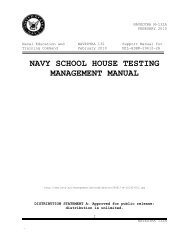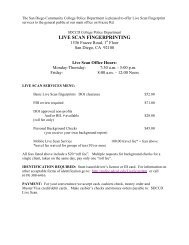NAVY SCHOOL MANAGEMENT MANUAL
NAVY SCHOOL MANAGEMENT MANUAL - AIM
NAVY SCHOOL MANAGEMENT MANUAL - AIM
- No tags were found...
Create successful ePaper yourself
Turn your PDF publications into a flip-book with our unique Google optimized e-Paper software.
LCs and TSCs will fulfill the responsibility of the United<br />
States to international military students undergoing<br />
training.<br />
<br />
<br />
<br />
<br />
They are expected to treat international military<br />
students with traditional American courtesies.<br />
They are responsible for conducting training and<br />
providing associated student support services.<br />
They are also responsible for fostering friendly<br />
relations with the countries represented by a genuine<br />
display of hospitality, interest in their welfare, and<br />
personal assistance.<br />
Beyond this, a basic rule requires that international<br />
military students be treated, so far as possible, like<br />
their U.S. counterparts.<br />
<br />
Questions regarding foreign training should be referred to<br />
IMSO or NETSAFA.<br />
SECTION 10 - CLASS SCHEDULING PROCEDURES<br />
Class schedules are based on training requirements and are a<br />
critical element in training the right quantity of personnel at<br />
the right time as well as maintaining an acceptable level of AI<br />
and AT time.<br />
<br />
<br />
<br />
Annually, OPNAV (N12) forwards training requirements for<br />
Personalized Recruiting for Immediate or Delayed Enlistment<br />
(PRIDE) courses and NEC-awarding courses to NETC and other<br />
LC/LS/DET/participating activities. Training requirements<br />
are a combination of back door requirements and total<br />
attrition (non-graduates and attrites). Feasibility<br />
studies are then conducted by LC in conjunction with input<br />
from LS/DET/Participating Activity. These studies are<br />
designed to compare the training requirement with the<br />
activity's capacity (based upon equipment, space, and<br />
personnel availability). The final product becomes the<br />
fiscal year training plan, which is recorded in CeTARS<br />
schoolhouse.<br />
OPNAV (N12) also forwards the training requirements for<br />
Selected Reserves, other services (USMC, USA, USAF),<br />
international military students, and authorized civilians.<br />
FY USN training plans for courses other than PRIDE or NECawarding<br />
courses are based on historical utilization and<br />
known TYCOM requirements.<br />
3-32<br />
NAVEDTRA 135C


